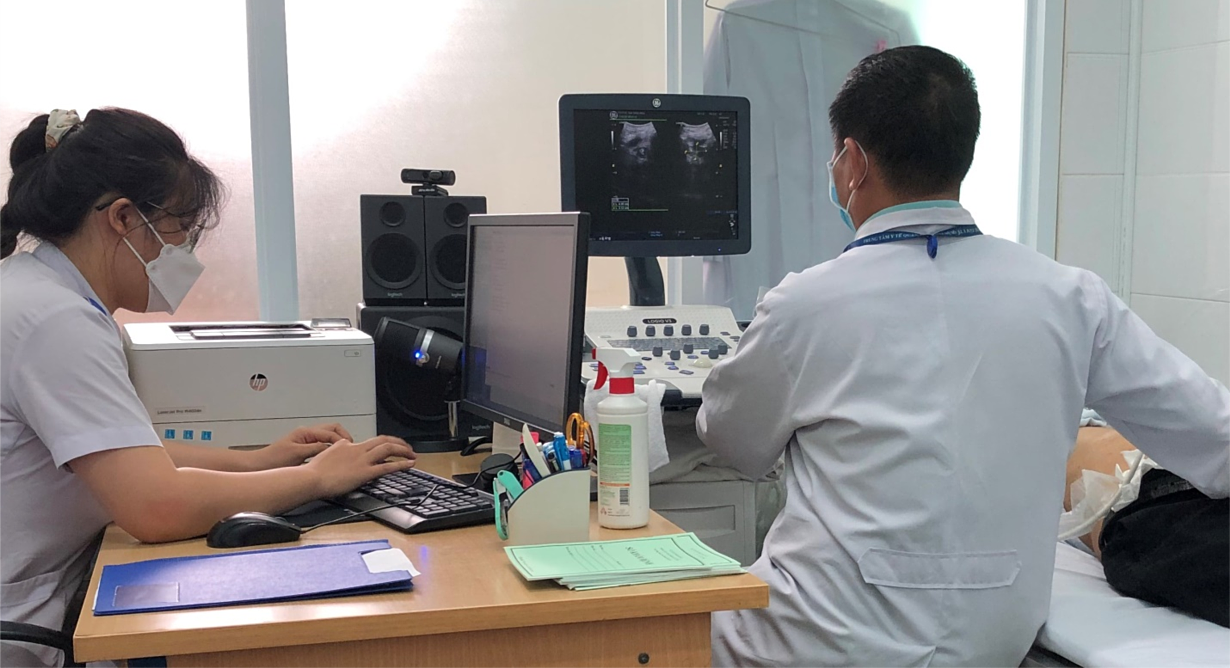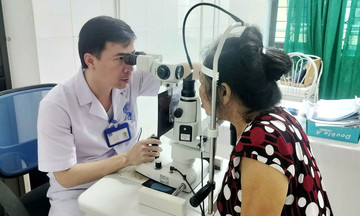Nguyen Hoai Nam, Deputy Director of the Ho Chi Minh City Department of Health, shared this information at a mid-year review meeting on July 9th. The meeting, connecting nearly 200 online locations from medical facilities across the "megacity" after its merger, was considered unprecedented in scale.
According to Dr. Nam, Ho Chi Minh City's population, after merging three localities, is estimated to increase from over 9.9 million to 13.7 million people, with the number of hospitals also rising from 134 to 164. This creates a significant challenge: the hospital bed-to-10,000 residents ratio will decrease from 42 to 35, necessitating increased investment to meet the healthcare needs of the larger population.
Currently, Ho Chi Minh City has 168 health stations and 296 sub-stations. Following Ministry of Health guidelines, 125 health stations meeting the 500 m2 standard will be developed into "mini-hospitals" with essential departments. These facilities will provide primary care and continuous health monitoring, allowing residents to access specialized care only when absolutely necessary.
"Health stations need to truly become the most accessible and trusted healthcare providers for the people. The 168 health stations will become the gateway to healthcare for residents," said Associate Professor, Dr. Nguyen Anh Dung, Deputy Director of the Ho Chi Minh City Department of Health.
According to Dr. Dung, the city's health sector is aiming to build a special urban model, becoming a medical, scientific, technological, and innovation hub for the entire country. Initially, major hospitals in Ho Chi Minh City will strengthen technology transfer and provide human resource support to lower-level facilities, particularly the Military-Civilian Medical Center in Con Dao Special Zone and other remote areas.
 |
A doctor examining a patient at a health station. Photo: Ho Chi Minh City Department of Health |
A doctor examining a patient at a health station. Photo: Ho Chi Minh City Department of Health
In the near future, the Ho Chi Minh City Department of Health will propose to the People's Committee (UBND) the renaming of 24 hospitals to align with the new administrative units after the merger of specialized medical centers (including three Centers for Disease Control, three Medical Examination Centers, and three Forensic Centers). The health sector will also submit a proposal to merge Saigon General Hospital into Gia Dinh People's Hospital and establish a Tu Du Hospital facility in Can Gio.
In the first 6 months of the year, healthcare facilities in Ho Chi Minh City recorded over 22.4 million patient visits, a 10.5% increase compared to the same period last year. Among these, the former Binh Duong province saw a significant increase in patient visits, while the former Ba Ria - Vung Tau province experienced a decrease of over 4%. The health sector continues to expand health check-up programs for the elderly and students, fully digitize periodic health examination data to create health records for residents, and strengthen disease prevention and control activities.
Hospitals will implement electronic medical records before 9/30, creating a Big Data platform for sector management and linking residents' health data with the National Population Database and the VNeID platform, following the Ministry of Health's roadmap. The city is promoting research applications, technology transfer in medicine, biotechnology, AI, and medicinal herbs, and plans to establish a Clinical Biomedical Research Institute at Pham Ngoc Thach University of Medicine.
The Department of Health currently operates from three offices located at the former headquarters in Ben Thanh ward, Binh Duong ward, and Ba Ria ward, with over 250 staff members.
Le Phuong












